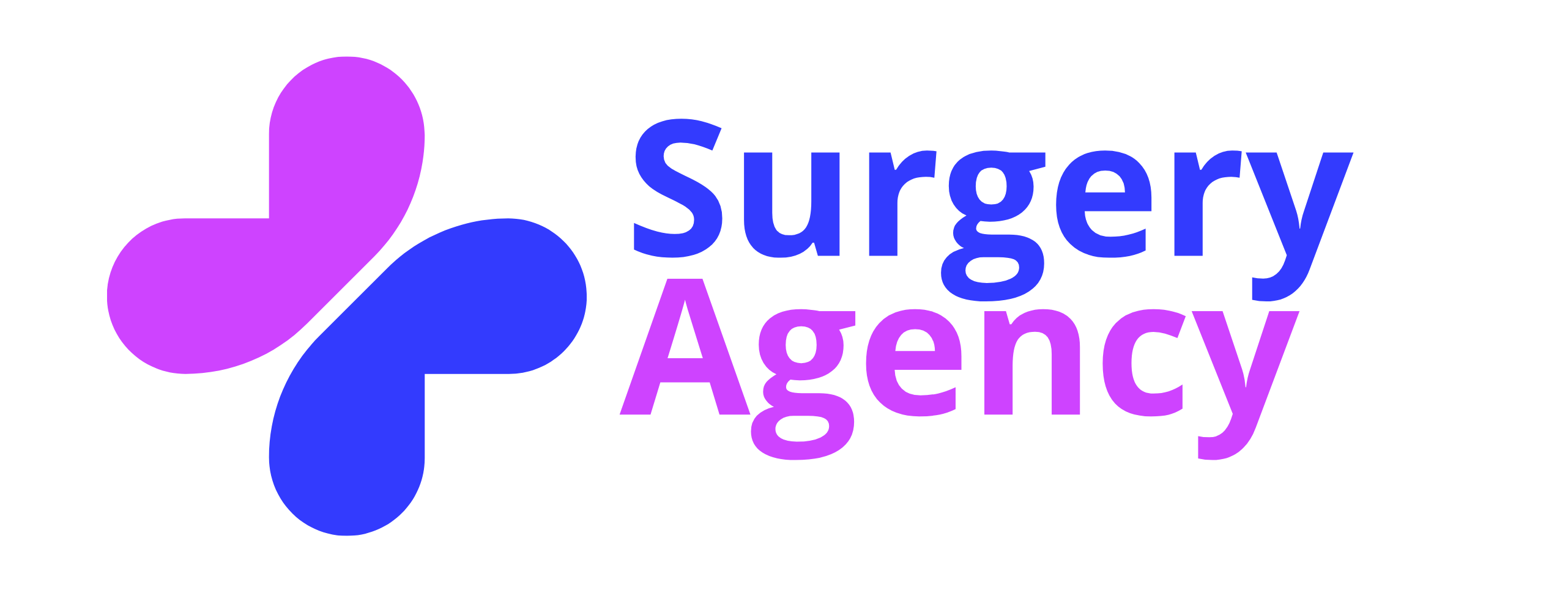Mammal augmentation
WHAT THERE IS TO KNOW
For whom, for what:
A breast augmentation aims to give or restore volume to the chest and thus increase the size of the breasts.
To do this, a prosthesis (silicone envelope enclosing gel or saline solution) is inserted under the mammary muscle in most cases.
Several shapes of prostheses are available (round, anatomical, pear-shaped, etc.) depending on the patient’s morphology and the need expressed (give shape, correct ptosis, etc.).
A wide variety of sizes are available.
How to increase breast size?
The most common is obviously the fitting of breast prostheses. It consists of placing silicone breast implants placed behind or in front of the pectoral muscle depending on the starting size of the breast. It gives excellent results, immediately visible and allowing to go to 2 or 3 cups above.
What are the steps to take ?
The first step is a consultation with a cosmetic surgeon. The objective of this interview is to expose what bothers you and formulate the corrections that you would like to make to your breasts. The practitioner will present to you the various aesthetic breast surgery techniques likely to obtain the desired result, of which breast augmentation by fitting prostheses is one of them. A period of reflection of 15 days will be necessary before the final decision is made. You decide to take the plunge. During this second consultation, the surgeon will explain the characteristics of the different breast implants.
Volume :
Tests using external prostheses placed in the bra will allow you to choose the volume that suits you.
It is obvious that any serious cosmetic surgeon will not comply with fanciful requests. For example, going from an A cup to an E cup for a woman with a small torso.
The profile :
This is the forward projection of the chest. A woman who wishes to have bulging breasts and a more plunging neckline will choose a larger profile.
Shape and texture:
There are round prostheses and others that are anatomical or even pear-shaped and therefore giving, theoretically, a more natural appearance. In practice, the result obtained will depend more on the skill of the plastic surgeon than on the shape of the breast implant.
It is well known that breast implants with a textured surface are less prone to the appearance of shells than implants with a smooth surface. The choice is therefore quite obvious.
The brand :
Of course, we only work with known manufacturers who must have the CE mark. The practitioner will also detail the technique used and in particular the approach as well as the place where he will place the prostheses.
The way first:
This is the place of the bit where the plastic surgeon will make his incision. The most common is the lower half of the breast areola. In rarer cases, access will be through the armpit or the inframammary fold.
Place of breast implant placement:
The sub-pectoral route will be preferred if the breasts are too small. The advantage is a much more natural look. The disadvantage is a more painful intervention in the first postoperative days.
Even if we have deliberately detailed all these possibilities, the surgeon will make it easier for you by guiding you as well as possible. Depending on the desired volume, the profile of the neckline and the size of your bust, he will guide your choice and give you the best advice in order to achieve the desired result.
Preparation for the operation:
You will have to do
A breast ultrasound or breast mammogram before the operation.
A preoperative blood test.
Photos of your chest will be taken to compare them to the postoperative result.
After the procedure:
After breast augmentation surgery, the patient will have a compression bandage with a compression bra that will better hold the prostheses in place. Edema or swelling is expected after surgery and will start to disappear 1 to 2 weeks after the operation. Usually, patients can return to work after 5-10 days depending on the type of activity. Most patients can resume moderate activity within 2 weeks and recover completely between the 4th and 6th week after surgery.
What to expect from the intervention?
The different techniques guarantee well-hidden scars with a natural result.
Complications:
In relation to the intervention:
– The hematoma: It is seen in the hours following the operation. It results in a swelling of one of the 2 breasts which becomes tense and painful. It imposes a surgical resumption in order to evacuate the blood and does not compromise in any way the quality of the final result once evacuated.
– The flow of lymphatic fluid: This appears after 1 to 2 weeks and consists of a leak of yellowish fluid through the scar that can delay its closure. As long as there is no superinfection, it ends up stopping and remains without consequence on the final evolution and the result
– Infection: It is very rare and requires antibiotic therapy and local treatment. In some cases, a revision surgery will be necessary, even going as far as the removal of the prosthesis.
– The hull: It appears after a few months and its frequency is 3 to 4% and decreases when the surgeon uses textured breast prostheses. It is due to a reaction to a foreign body. It results in a breast that becomes hard, protruding and painful, in connection with a shell of fibrosis that surrounds the implant. It remains unpredictable by the surgeon and requires surgical revision. The operation will consist of removing this fibrosis.
The main causes of dissatisfaction:
– Asymmetry: It should be specified, from the outset, that it exists naturally even without cosmetic surgery of the breasts. However, it may be accentuated due to a poor surgical approach. In this case, another intervention must be proposed in order to correct it when it is flagrant.
– The folds: They can be seen in the event of a mismatch between the size of the bust and the volume of the breast implant placed: too bulky prosthesis.
Alongside these specific complications, there are also general ones such as thromboembolic complications or those related to anesthesia.
Other breast procedures:
Breast surgery may, on the contrary, aim to reduce the size and we will have recourse to breast reduction.
Finally, in men, breast hypertrophy also called gynecomastia is the main reason for consultation in cosmetic breast surgery.
Breast lift with or without prostheses:
For whom, for what:
In order to correct breast ptosis (drooping breasts), a breast lift is indicated in order to regain a visually aesthetic breast structure that is pleasant to the touch. The sagging breast syndrome can be due to natural aging or one or more pregnancies or also during a strong weight loss. The breast lift can be accompanied by the fitting of prostheses if the glandular volume of the breasts is deemed insufficient or simply because you want it (a bigger breast).
What does the operation consist of?
A breast lift is a cosmetic breast surgery procedure that removes excess skin around the breast in order to obtain firm breasts and a beautiful cleavage giving a more feminine appearance.
In many cases, a breast prosthesis is performed during the same operation in order to obtain an optimal shape and much prettier breasts.
Sometimes, the associated breast augmentation is performed by lipofilling or injection of fat taken from another region of the body.
Thanks to the new techniques mastered, the patients will wear more or less short scars and they will be able to recover quickly after the intervention.
There are three types of scars in this kind of breast surgery:
The periareolar scar
The vertical scar
The inverted T scar
Depending on the quality of the breast tissue and the type of the patient’s skin, one or the other of the techniques will be indicated.
Overall, by redistributing and reshaping the breast tissue and removing excess skin, the breast lift will help you achieve firmer and more projecting breasts on the chest. Finally, in men, breast hypertrophy also called gynecomastia is the main reason for consultation in aesthetic breast surgery.
Breast Reduction Surgical Techniques and Scars:
Mammoplasty will consist of removing excess skin, fat and gland.
During this breast surgery, we may use either type of the following incisions:
Periareolar incision: around the areola
The vertical incision: which extends from the lower edge of the areola to the fold of the breast.
The horizontal incision: which is associated with the two previous ones and which will give an inverted T scar.
The amount of breast tissue removed during surgery will be based on the patient’s initial assessment and preference.
What to expect after breast reduction surgery?
After breast reduction surgery, patients will immediately feel lighter and relieved.
Often, the reduction will result in a cup or two less than the original breast cup.
For the first few weeks, we recommend using a compression bra to protect the breasts.
Patients will be able to return to work within 7 to 10 days following the intervention and will resume physical activity between the 6th and 8th week after the intervention.
Nipple tenderness will gradually return during the first year
Gynecomastia:
Gynecomastia is a surgical procedure to correct an enlarged mammary gland in men.
An ultrasound is necessary to determine if it is indeed an excess of mammary gland or fat.
The intervention:
The operation is generally performed on an outpatient basis or at most with a 24-hour hospital stay.
The purpose of the surgery is to remove the excess gland, the fat that surrounds it and to correct any sagging skin.
Excess fat is treated by liposuction (liposuction).
The excess gland is removed through a mini incision around the breast areola, so there will be virtually no visible scar after gynecomastia surgery.
In some cases, there is excess skin associated with significant weight loss. In this situation, we will have to make a scar around the breast areola in order to remove the excess skin.
The postoperative course:
They are simple. The pain is minimal.
Bruising and edema (swelling) are possible and will quickly go away after a few days.
A compression garment (panthy) will be worn during the first month.
The effort is to be avoided during the first days.
The resumption of sports activity will take place at the end of the fourth week.
The result :
It begins to be clearly visible from the first month when the phenomenon of skin retraction begins to act.
At three months, we have the final result.
The quality of the final result will then depend on the stability of the weight after the operation.
WHAT IS THE PROCEDURE TO FOLLOW
Arrival in Tunisia: A driver will meet you on arrival with a sign in your name and then drop you off at your hotel to settle in.
Your medical adviser will stay in touch with you to answer any questions you may have.
Medical travel insurance will be provided by a Tunisian insurance company.

